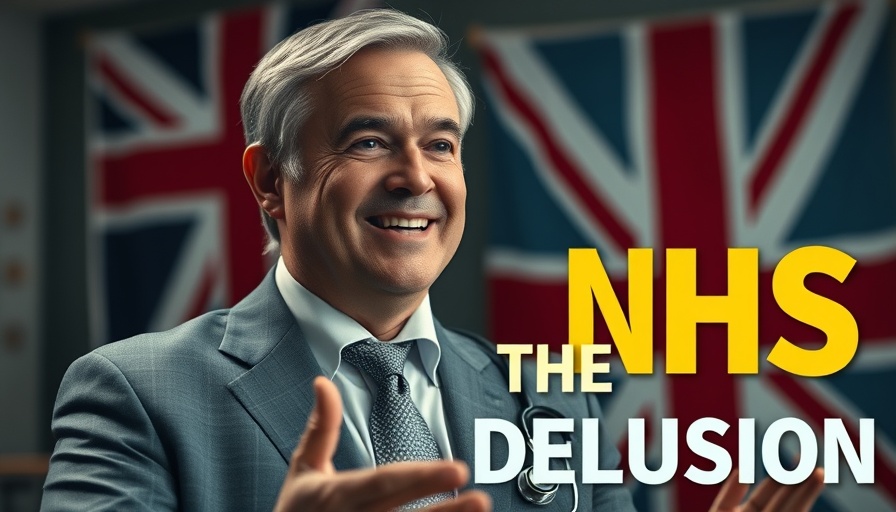
Navigating the New Competitive Landscape in Data
As the data platform wars evolve, Snowflake is shedding its skin as a proprietary entity to embrace a more collaborative ecosystem. This shift is not only a strategic maneuver but a necessary adaptation to emerging competitive dynamics where open data isn’t just a buzzword—it's becoming the foundation of the industry.
From Proprietary to Open: A Milestone Transition
This year at Snowflake Summit 2025, the company pivoted towards an open data environment, introducing governance models that enhance the user’s control over data while reinforcing the platform's influence over metadata management. By integrating tools like Polaris and Openflow, Snowflake is strategically moving away from traditional storage lock-ins, addressing customer demand for autonomy. This transition signals a vital response to market pressures and opens new avenues for customer engagement.
The Rise of Systems of Intelligence
Central to this evolution is the advent of Systems of Intelligence (SOIs), enabling organizations to transition from mere analytics to dynamic, integrated decision-making tools. Unlike static dashboards that simply reflect historical data, SOIs facilitate a live metric tree, interlinking various business processes in real-time. This transformation is not just incremental; it represents a paradigm shift that reframes industry competition.
Emerging Challenges and Opportunities Ahead
While Snowflake's innovations reveal vast prospective markets and opportunities for growth, the company must navigate potential risks associated with increased competition from not only Databricks but also formidable application vendors such as Salesforce and SAP. Adapting to these rapidly shifting market conditions will be crucial for Snowflake's long-term viability as a leader in the software space.
Conclusion: An Ongoing Evolution
Snowflake's journey from a data warehousing platform to a key player in the open data ecosystem heralds a new era for data management and AI integration. As business leaders, managers, and tech-savvy professionals seek to navigate these changes, staying informed about market dynamics will be critical. Embrace the knowledge now, and position your business strategically in this evolving landscape.
 Add Row
Add Row  Add
Add 










Write A Comment